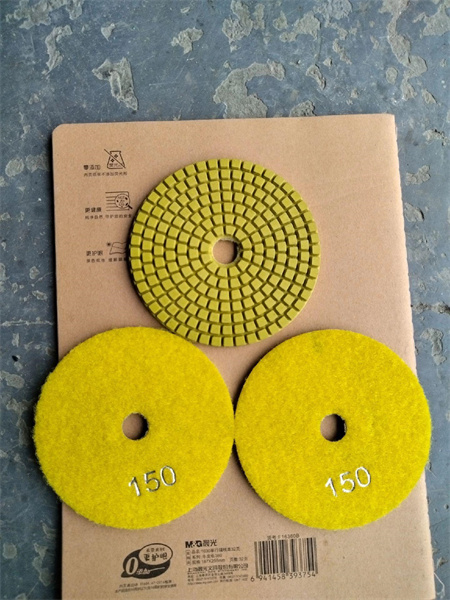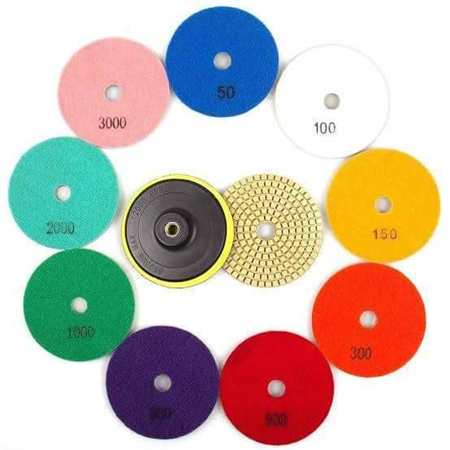Techniques for Polishing Stone Walls with Diamond Tools
Stone walls, with their timeless beauty and robust presence, are a captivating feature in both modern and classic architecture. However, the process of enhancing the natural allure of stone requires expertise and the right tools. Among the most effective techniques for polishing stone walls, diamond tools stand out as an essential choice for achieving a smooth, glossy finish that brings out the stone’s full character. Whether you’re working with granite, marble, or limestone, the precision and durability of diamond tools make them indispensable in the stone polishing process.

Diamond polishing pads are at the heart of the technique. These pads are designed with industrial-grade diamonds embedded in a resilient resin or metal matrix, giving them superior cutting and grinding capabilities. The finer the diamond grit, the smoother the surface will be. Starting with a coarse diamond pad allows you to remove imperfections, rough spots, and inconsistencies in the stone surface. These pads can also help with shaping and contouring the stone walls, making them ideal for surfaces that have been poorly finished or damaged.
Once the initial rough grinding is complete, it’s time to refine the surface. This stage is crucial for bringing out the stone’s natural beauty. Moving to finer grits allows for a gradual polishing effect, smoothing the stone’s surface without leaving scratches or marks. As you progress to medium and fine diamond polishing pads, the stone’s sheen begins to emerge. During this phase, it’s important to maintain an even pressure to avoid creating uneven spots that could disrupt the polishing process.
Water plays a vital role when using diamond tools on stone surfaces. Polishing dry can cause excessive heat buildup, which may damage the stone or the polishing pads. Water, on the other hand, helps to keep the surface cool, reduce dust, and flush away the residue from the polishing process. A light mist of water applied regularly during polishing not only ensures a smoother finish but also extends the life of the diamond tools.
Achieving the perfect finish on a stone wall is a balancing act between patience and technique. It’s important to ensure that the tools are in good condition and are changed or upgraded as necessary. Diamond pads wear down over time, and using worn-out pads may result in uneven finishes and longer processing times. Changing pads at the appropriate stages will help you maintain consistency in the finish and achieve a high-quality result without wasting time.

It’s also essential to maintain a proper cleaning routine throughout the polishing process. Dust and debris can interfere with the diamond pads and negatively affect the polishing results. After each step, make sure to clean the surface thoroughly to remove any residual stone dust, as this can cause uneven abrasion. Keeping the workspace tidy is key to achieving that desired glossy, flawless surface.
For those who are new to the process, hiring a professional with experience in stone polishing can save a lot of time and effort. Professionals know the ins and outs of selecting the right diamond tools, applying the correct techniques, and ensuring the stone surface is treated with the utmost care.
Polishing stone walls with diamond tools is an art that requires both skill and the right equipment. The results, however, are undeniably worth the effort. With careful attention to detail and the use of high-quality diamond tools, stone walls can be transformed from rough and weathered to beautifully polished works of art that not only enhance the aesthetic value of a space but also ensure the longevity of the stone itself.
